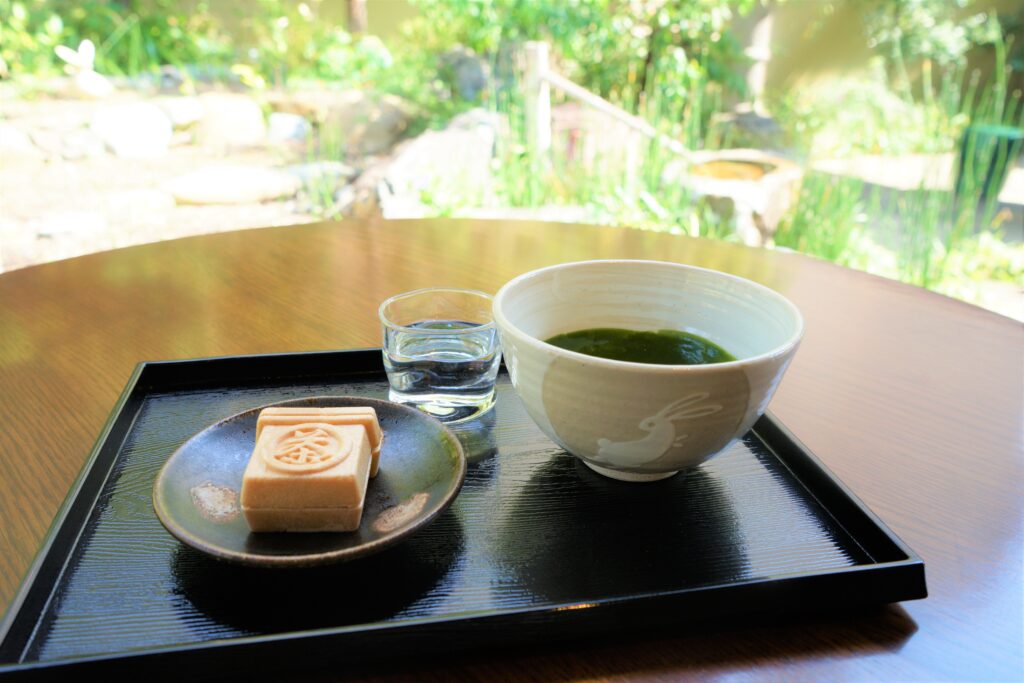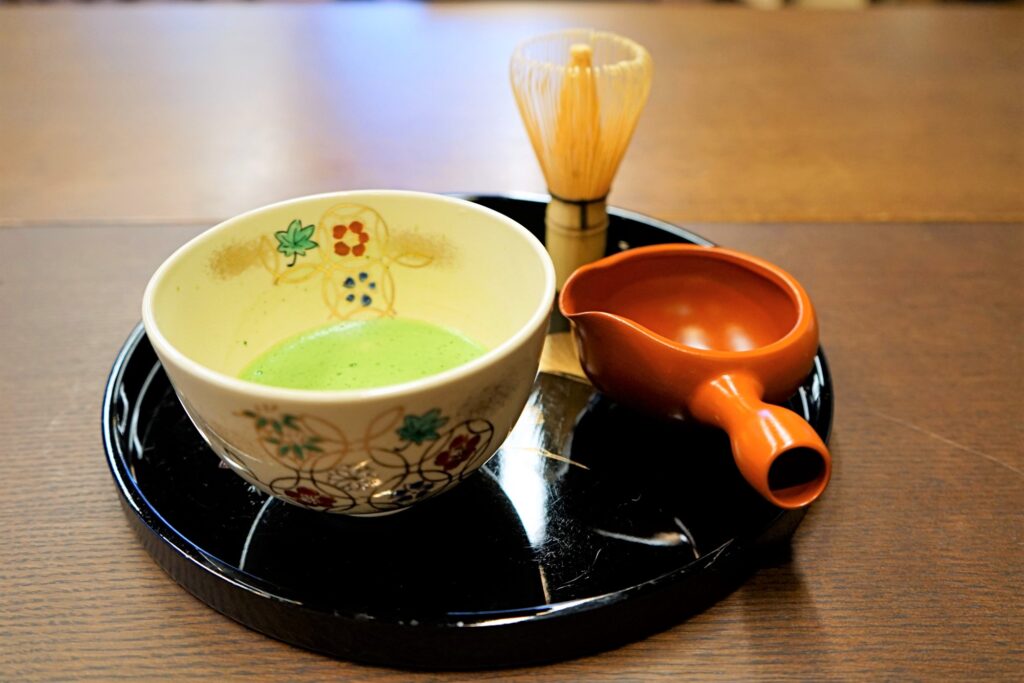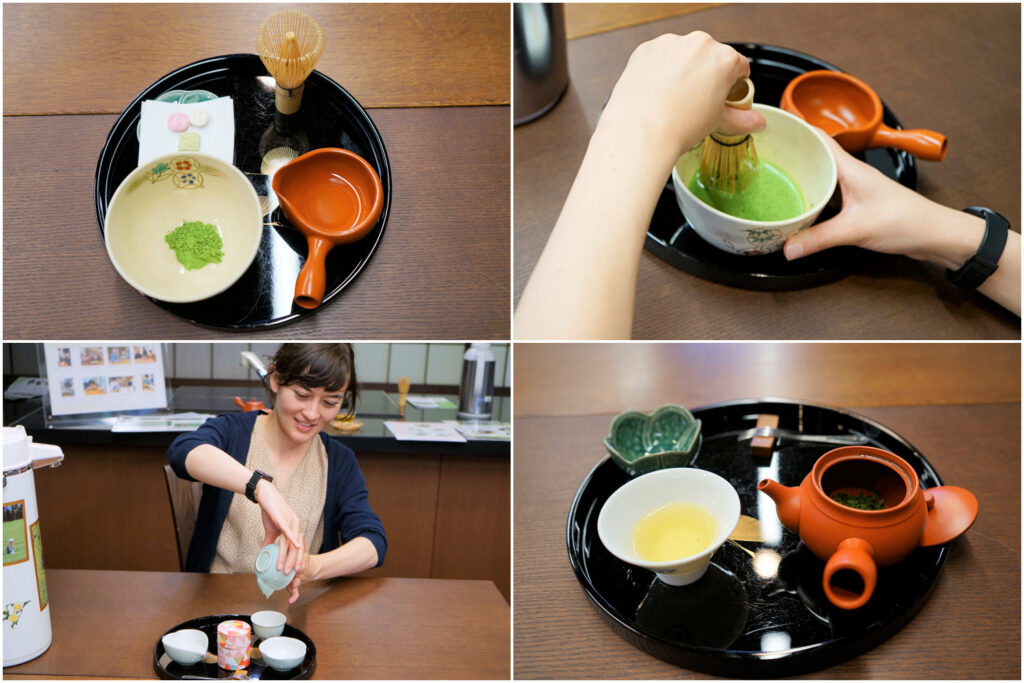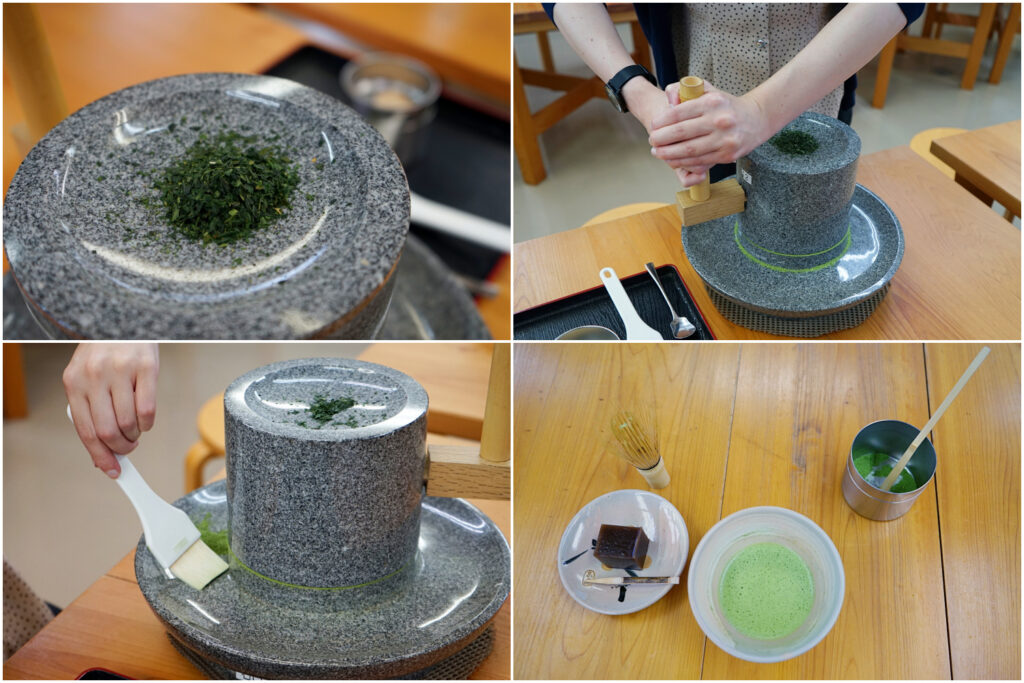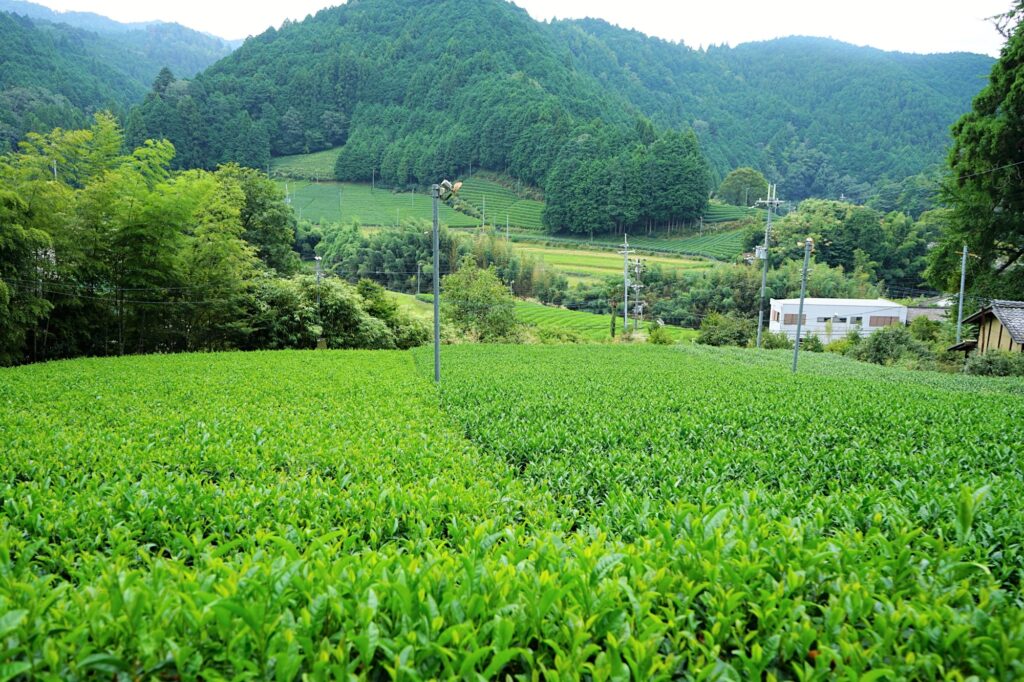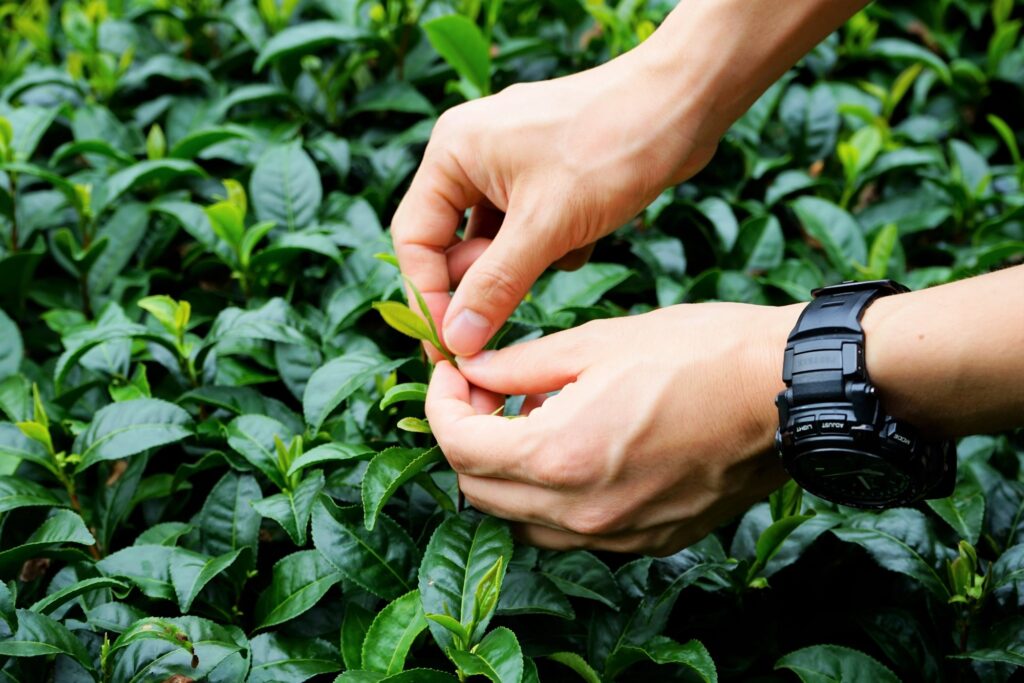7 Great Activities for Tea Lovers
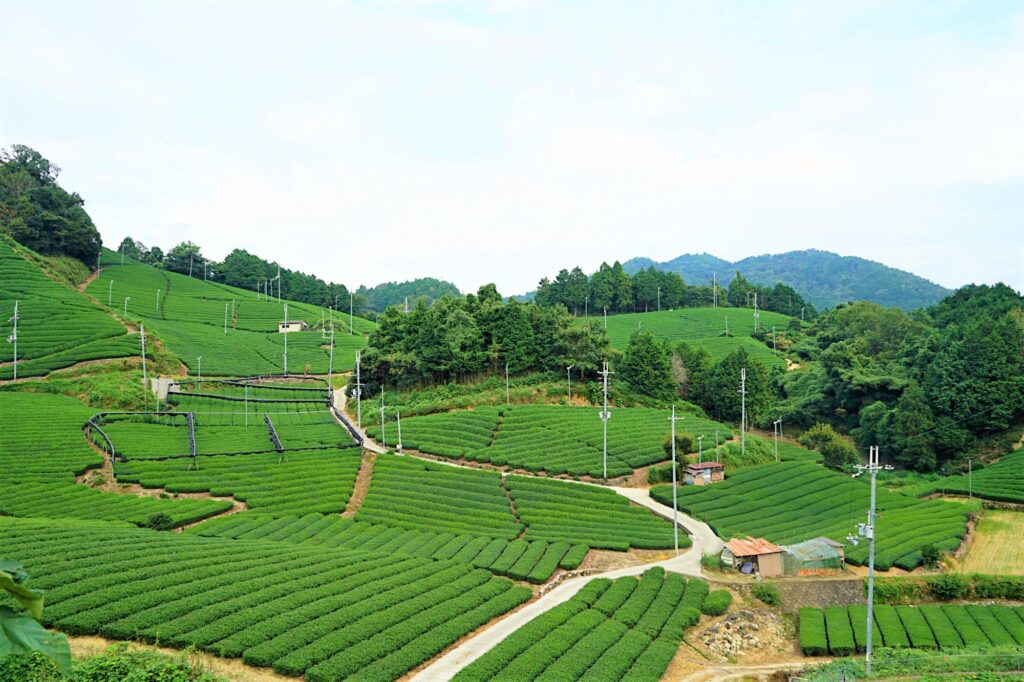
The Kyoto Tea Country region, including Uji, has approximately an 800-year history in the production and development of Japanese tea, giving rise to a unique Japanese tea culture.
The region is said to be the birthplace of matcha, gyokuro, and sencha green teas (*1). Visitors can enjoy flavorful tea while learning about the rich tea culture and history of this area.
The seven activities listed below are enjoyable for anyone who wants to learn about Japanese tea. In addition to savoring delicious sweets made with tea, you can uncover wonderful new experiences, such as preparing a bowl of matcha and drawing a picture on its surface, and picking tea leaves at one of Japan’s most picturesque tea plantation areas. Your fantastic journey will create unforgettable memories.
*1: Matcha and gyokuro have rich flavors and aromas, so they are considered high-quality teas. Gyokuro is a type of tea produced by growing tea plants using shades for more than twenty days. Matcha is also shade-grown, but after the leaves are harvested and steamed, they are dried without being kneaded, and ground into fine powder with a stone mill. Sencha is produced from tea plants grown in full sunlight. The fresh leaves are steamed, and kneaded to be dried. (There are several theories regarding the origins of these teas.)
